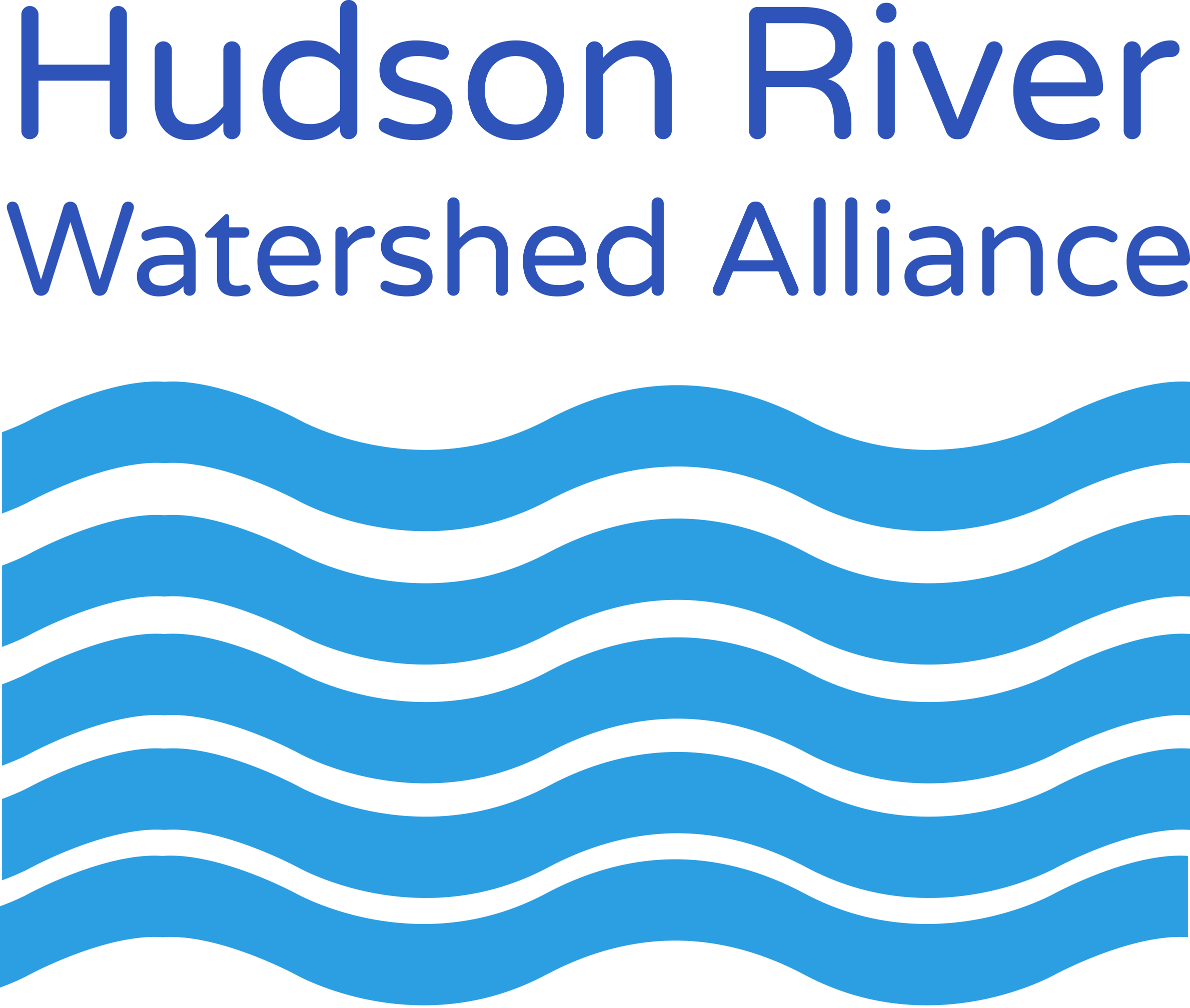Water Quality Monitoring Workshop (2019)
Thursday, December 5, 2019, 9:30 AM – 4:00 PM
SUNY New Paltz, College Terrace, New Paltz, NY
This workshop focused on monitoring methods to achieve particular goals. It brought together experts to discuss monitoring for different types of parameters related to stream health, including benthic macroinvertebrates (biomonitoring), nutrients, bacteria, and road salt. Speakers focused on case studies in the Hudson River watershed, sharing monitoring results and ideas for what to do with data.
Introduction – Emily Vail, Hudson River Watershed Alliance
The Secret to Successful Long-Term Monitoring – Vicky Kelly, Cary Institute of Ecosystem Studies
Community Science – Eli Dueker, Bard College
Volunteer Lake & Stream Monitoring in NYS – Alene Onion, NYS Department of Environmental Conservation
How to be SMART about Citizen Water Quality Monitoring: Case Study from Wisconsin’s Bad River Watershed Association – Tracey Ledder, Delaware Engineering
Fecal Contamination Source Tracking in the Rondout-Wallkill Watershed – Jennifer Epstein, Riverkeeper
The Hudson River Subwatershed & Tributary (THuRST) Research Network and Monitoring Partnerships – Kate Meierdiercks, Siena College
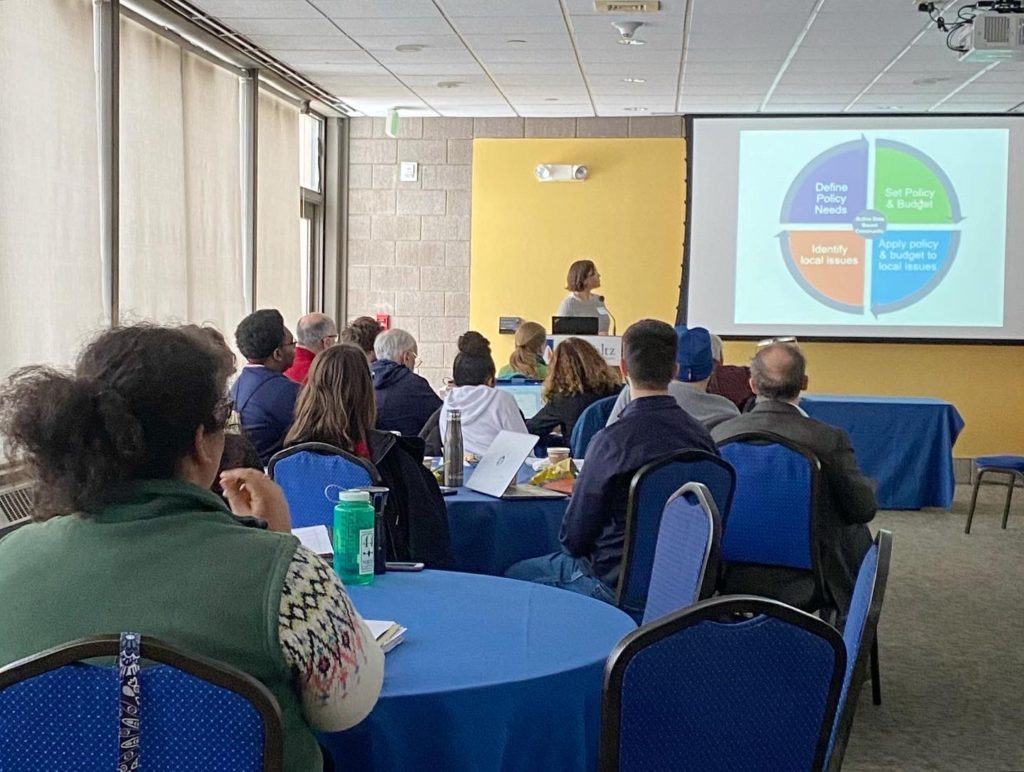
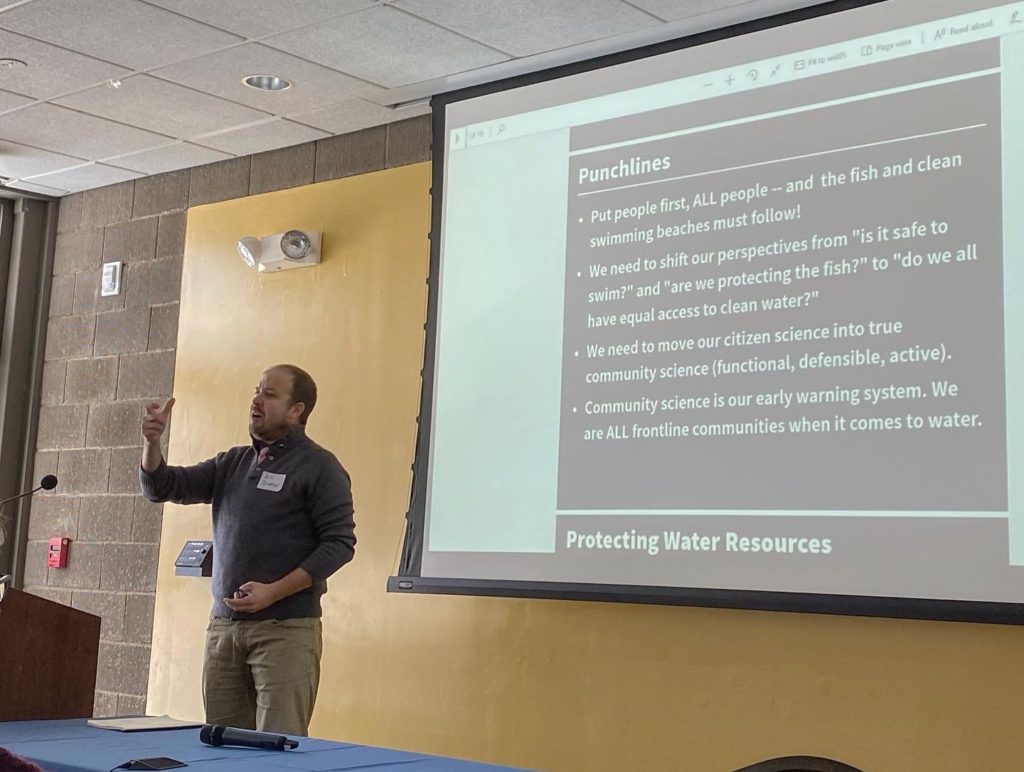
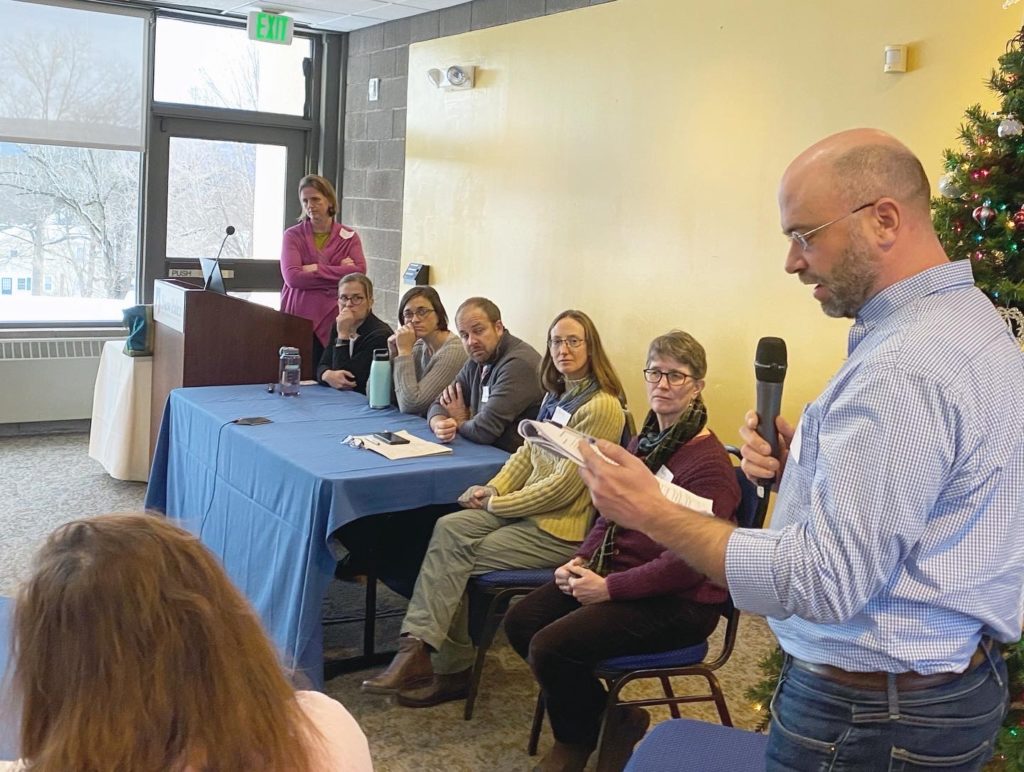
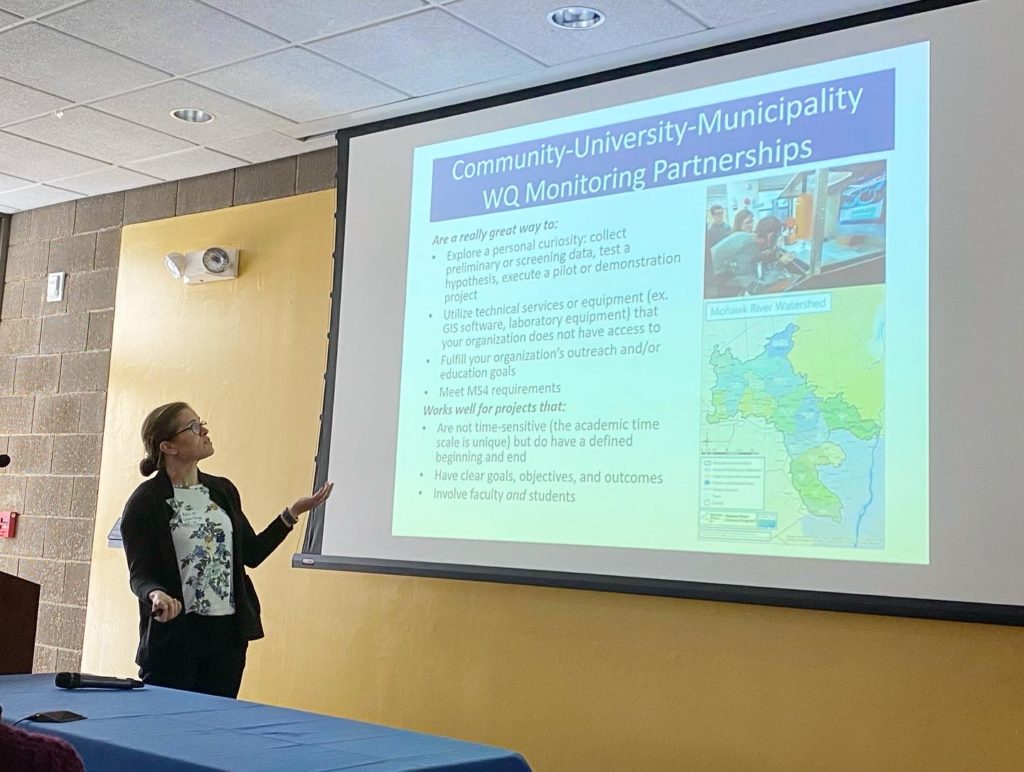
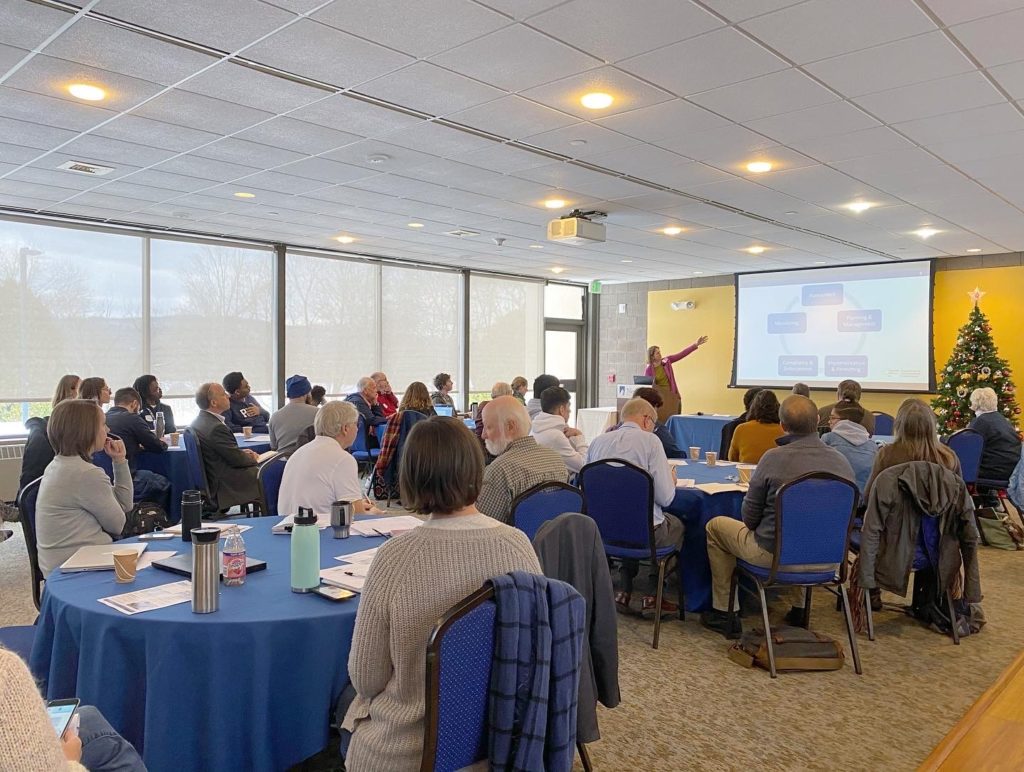
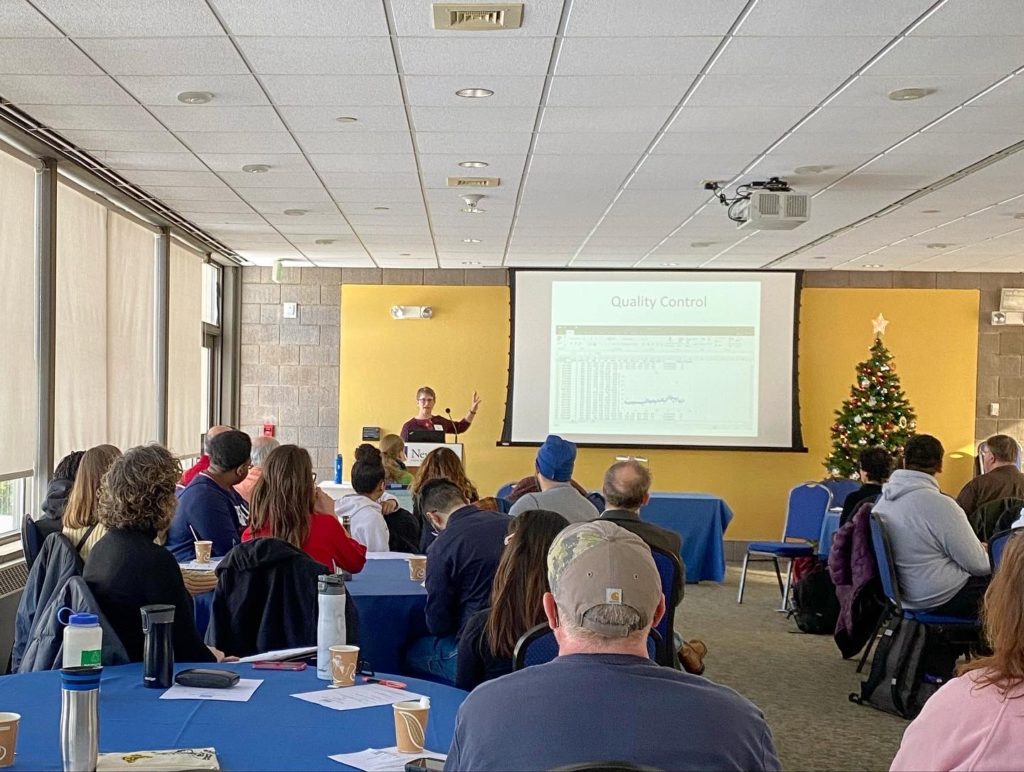
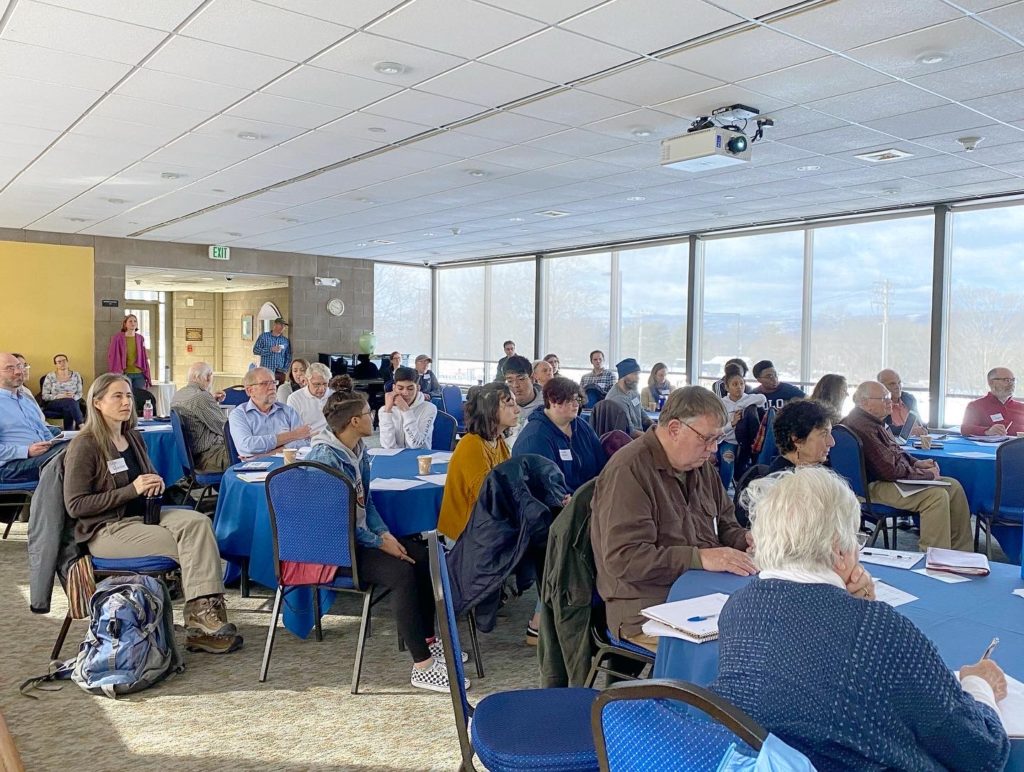
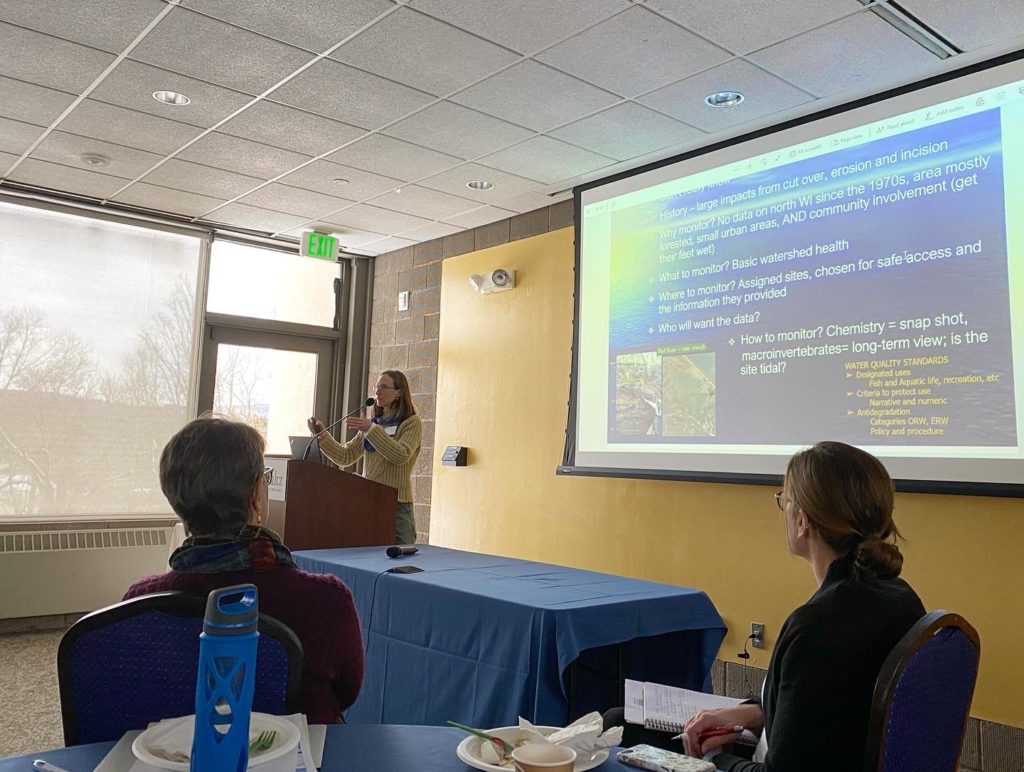

Organized by the Hudson River Watershed Alliance and sponsored by the Hudson River Estuary Program, New York State Department of Environmental Conservation, with support from the New York State Environmental Protection Fund, in cooperation with the New England Interstate Water Pollution Control Commission.
Round Table: Water Quality Datasets and How to Use Them (2014)
Watershed Roundtable – Sponsored by the Hudson River Watershed Alliance and the Hudson River Estuary Program: “Water Quality Datasets and How to Use Them: Case Studies on the Rondout Creek and Wallkill River” – March 28, 2014 at SUNY New Paltz
The goal of the Roundtable was to inform citizens, watershed groups and municipal officials/staff on the different types of water quality data available to them. Datasets from the Wallkill River and Rondout Creek were shared to provide a context for how this data can be used and interpreted. The afternoon began with presentations from three speakers on: physical/chemical water quality data, pathogen indicators, and macroinvertebrate water quality data. The second half of the Roundtable included a wider discussion of the data and information presented and watershed group updates from throughout the Hudson River Basin.
Presentation slides from the Watershed Roundtable:
Presentation by Dr. Stuart Findlay, Cary Institute of Ecosystem Studies: Physical and Chemical Water Quality Data: How to interpret and use this data; available data on Rondout/Wallkill Slide Presentation (PDF, 509 KB)
Presentation by Tracy Brown, Riverkeeper: Pathogen-indicator Water Quality Data: How to interpret and use this data; available data on Rondout/Wallkill Slide Presentation (PDF, 4.1 MB)
